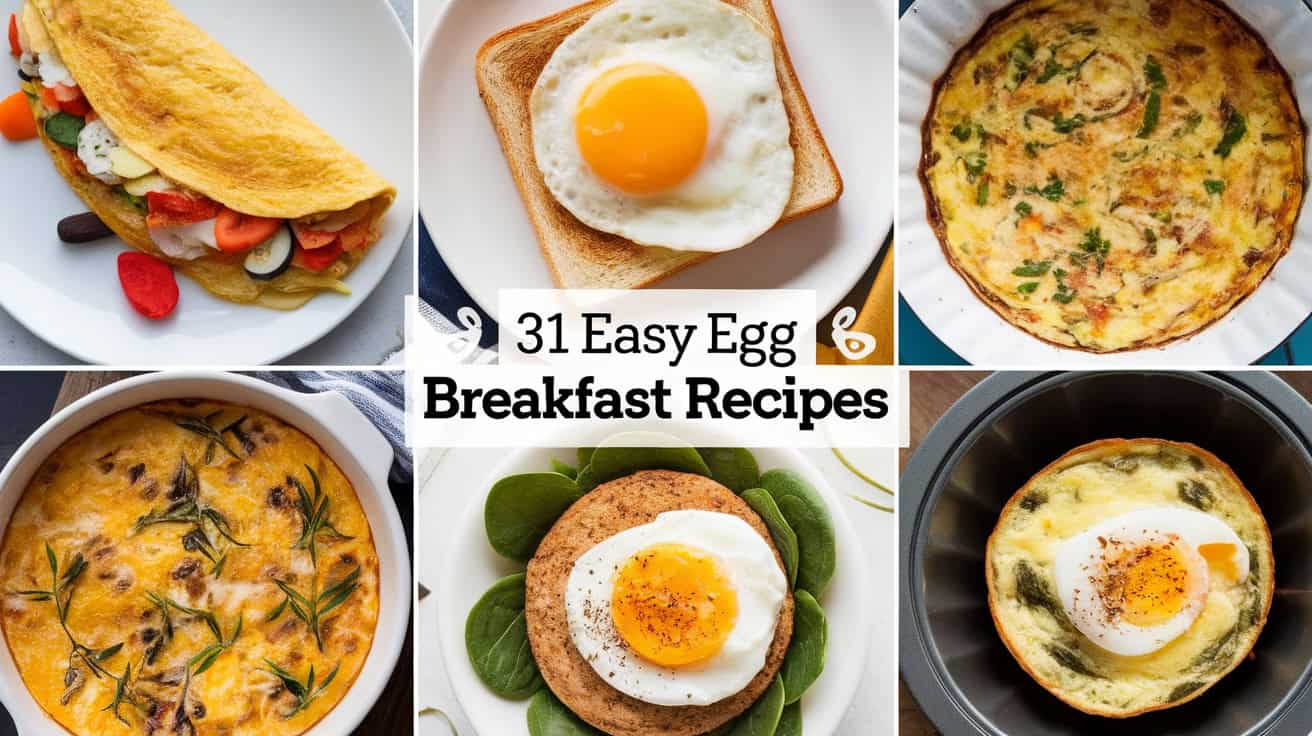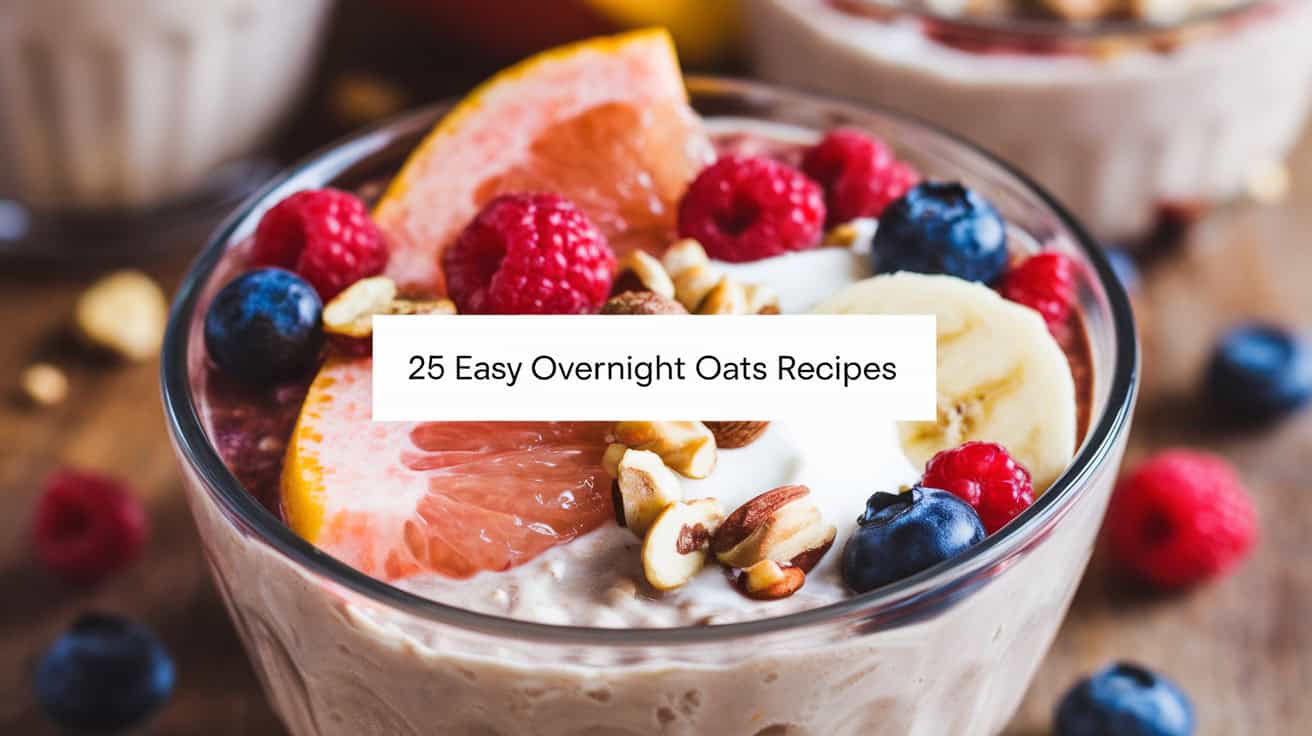Explore a plethora of simple egg recipes, ideal for both morning and evening meals! From effortless egg-based breakfast options to hearty egg-centric dinner suggestions, uncover a collection of nutritious, low-carb dishes guaranteed to please your palate. Delve into a selection of vegetarian egg recipes and speedy egg snacks tailored for hectic schedules.


Eggs are one of the most versatile and beloved ingredients in culinary history, offering endless possibilities for delicious and nutritious meals. From breakfast classics like scrambled eggs and omelets to gourmet creations like soufflés and quiches, egg recipes span a wide range of cuisines and occasions.
Whether you’re looking for a quick and satisfying meal or an impressive dish to impress guests, eggs are sure to be a staple in your kitchen. Join me as we explore the world of egg recipes, from the simple to the sophisticated, and discover new ways to elevate this humble ingredient into culinary masterpieces.
1. Understand the Different Cooking Methods
Eggs can be cooked in numerous ways, from boiling and scrambling to poaching and baking. Each method results in a different texture and flavor. Familiarize yourself with these methods and practice them to see how the cooking times and techniques impact the final dish. Knowing the basics will help you choose the right method for each recipe and ensure consistent results.
2. Use Fresh Eggs
Fresh eggs not only taste better but also have better structural integrity, which is crucial for recipes that require precise textures, such as poached eggs or delicate custards. To check for freshness, place an egg in a bowl of water: fresh eggs sink while older eggs float.
3. Control the Temperature
Eggs are sensitive to temperature, and cooking them at the right heat is essential. For instance, low heat is ideal for creamy scrambled eggs, while high heat is better for quickly searing a frittata. Learning to control the heat will prevent overcooking or undercooking and help you achieve the desired consistency.
Egg Recipes
#20. Australian Folded Eggs

#19. Baked French Eggs
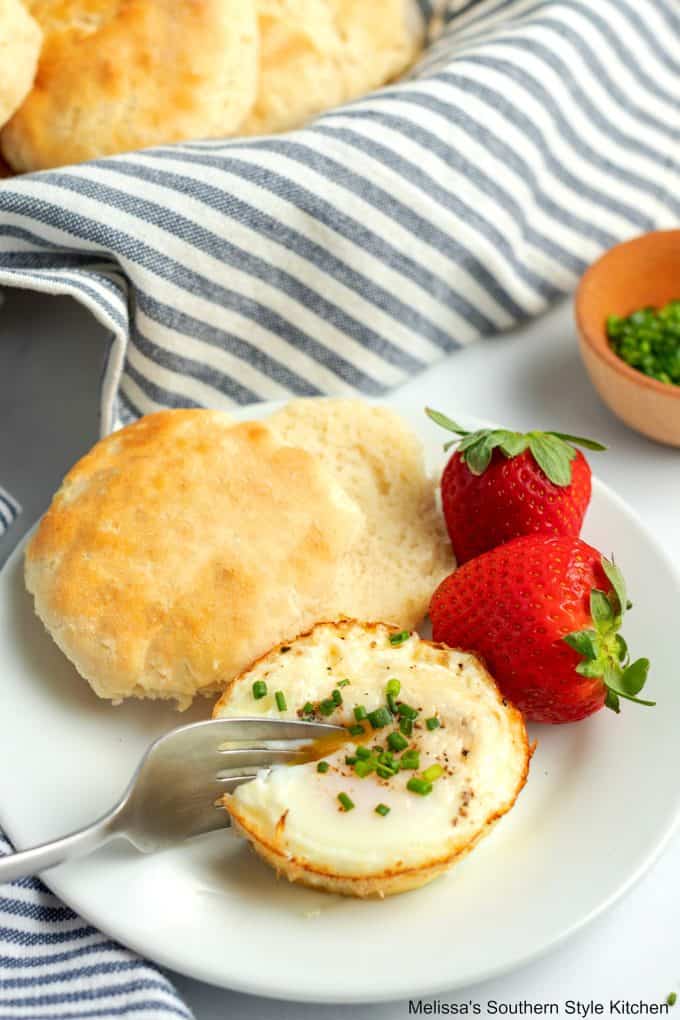
Found at Melissa’s Southern Style Kitchen
#18. Cheesy Baked Egg Toast
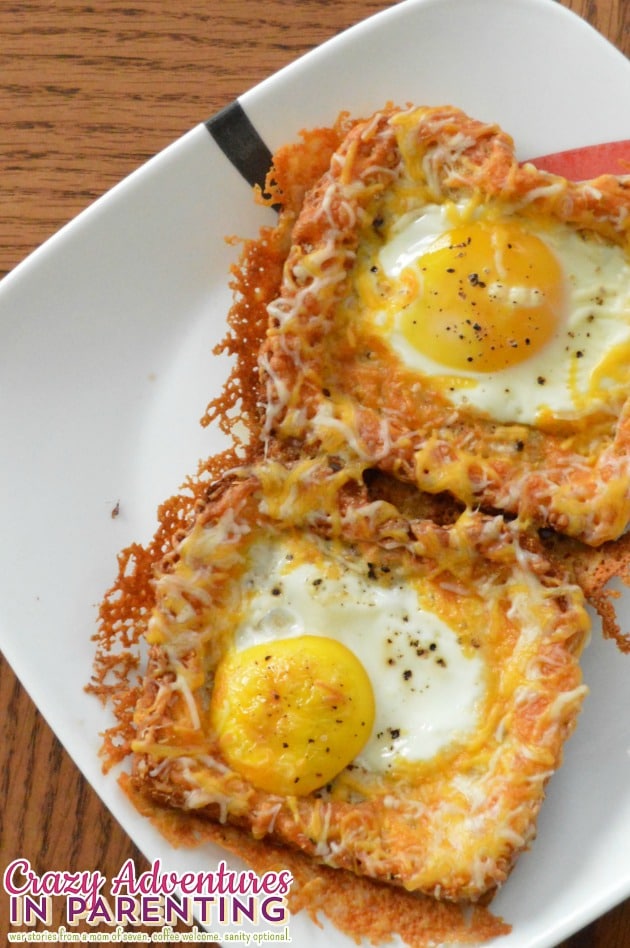
Found at Crazy Adventures In Parenting
#17. Best Egg Salad Recipe

#16. Eggs Florentine
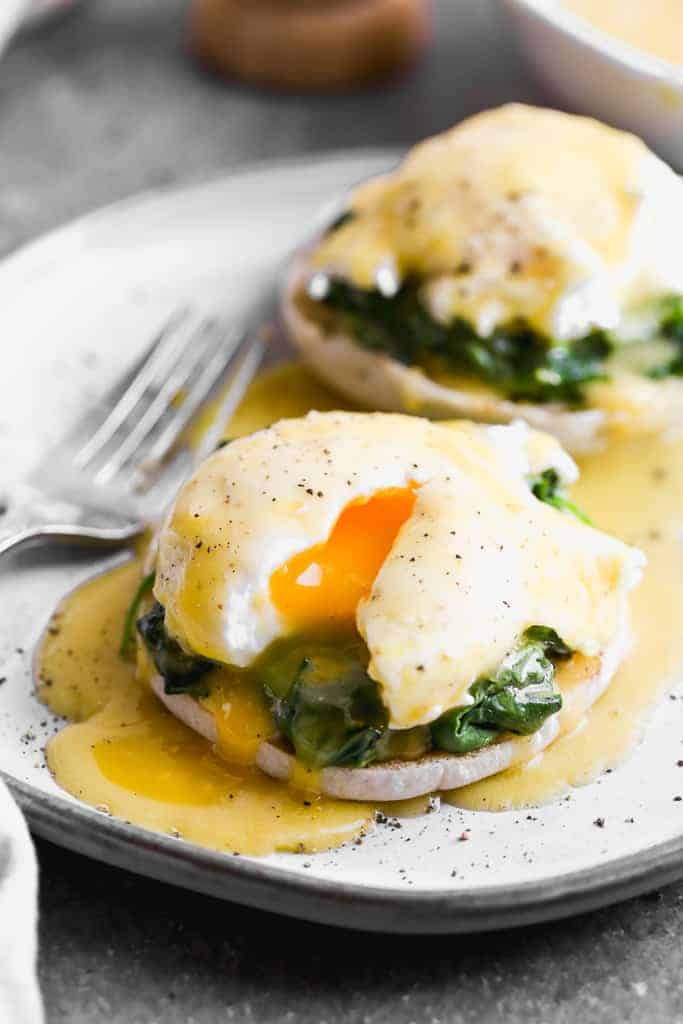
Found at Tastes Much Better From Scratch
#15. The Best Classic Deviled Eggs
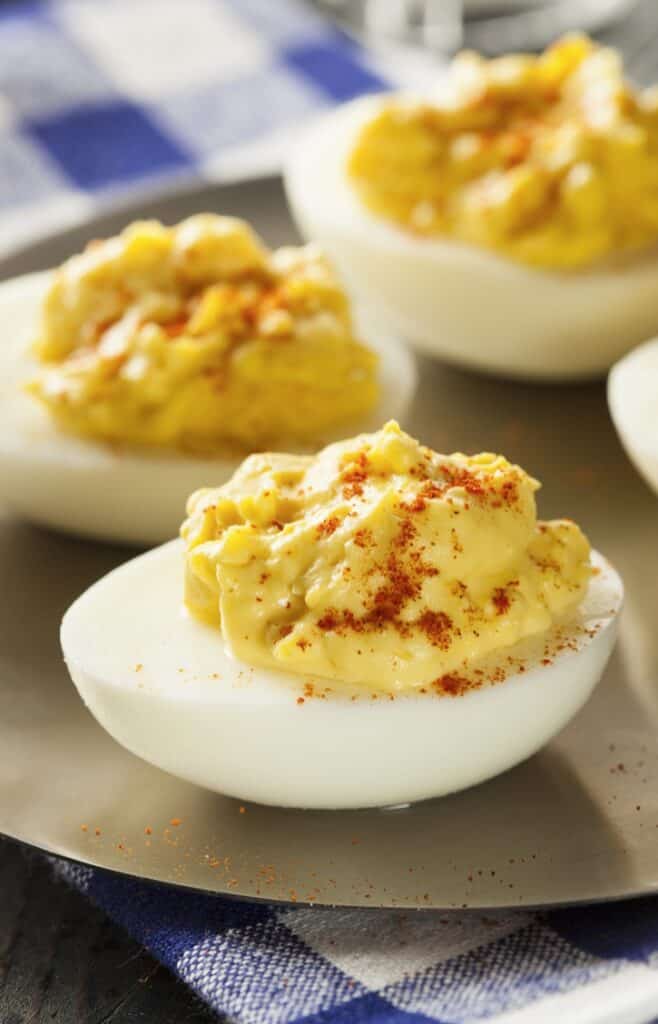
#14. Mini Spinach Frittatas

#13. Air Fryer Scotch Eggs

#12. Avocado Egg Salad

#11. Fried Egg Grilled Cheese
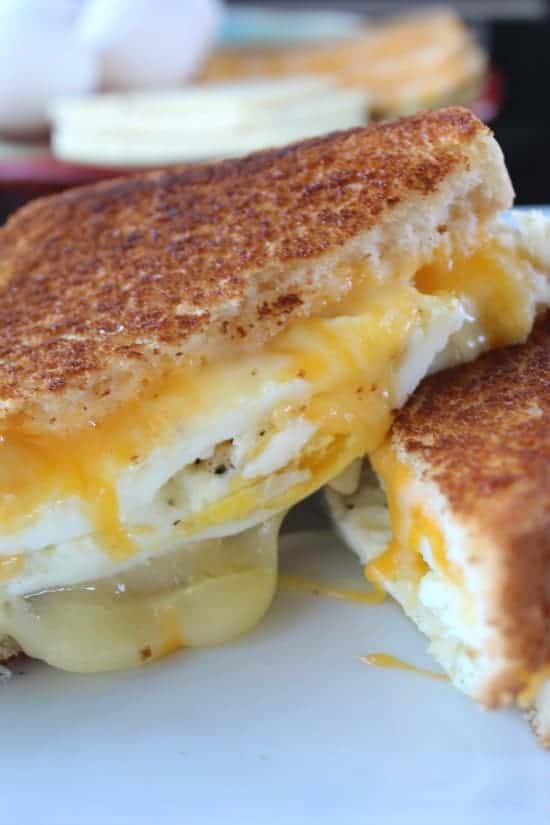
Found at Great Grub, Delicious Treats
#10. Roasted Red Pepper & Feta Egg Bites
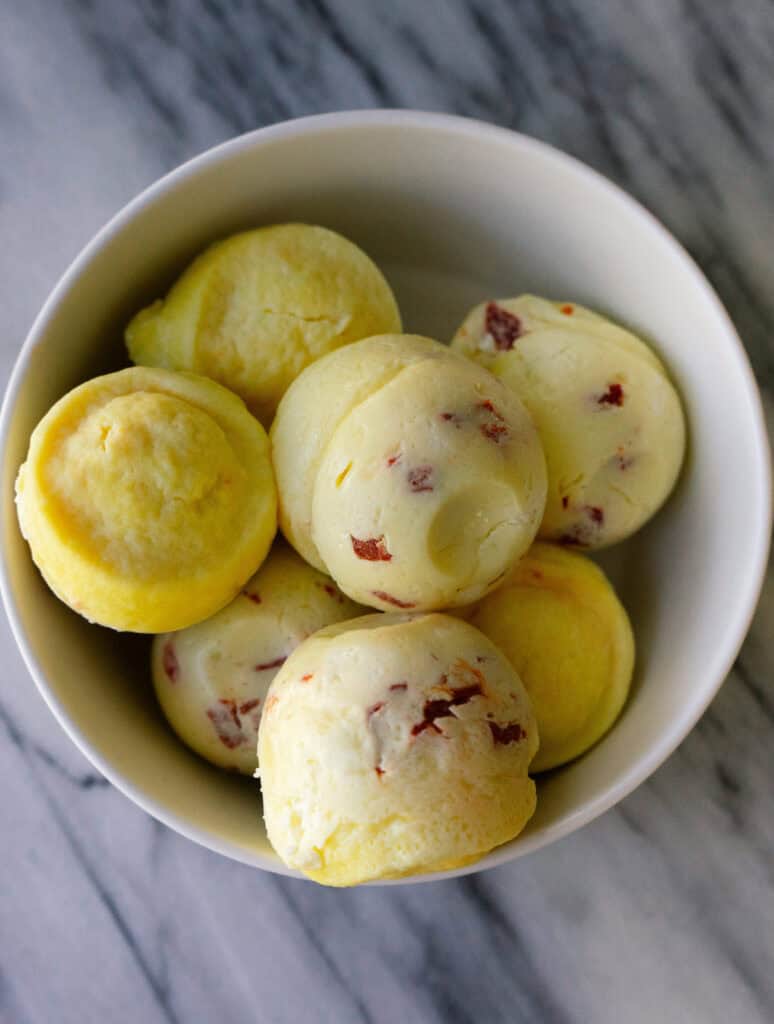
#9. Instant Pot Egg Curry

#8. Spinach & Bell Pepper Egg Bake
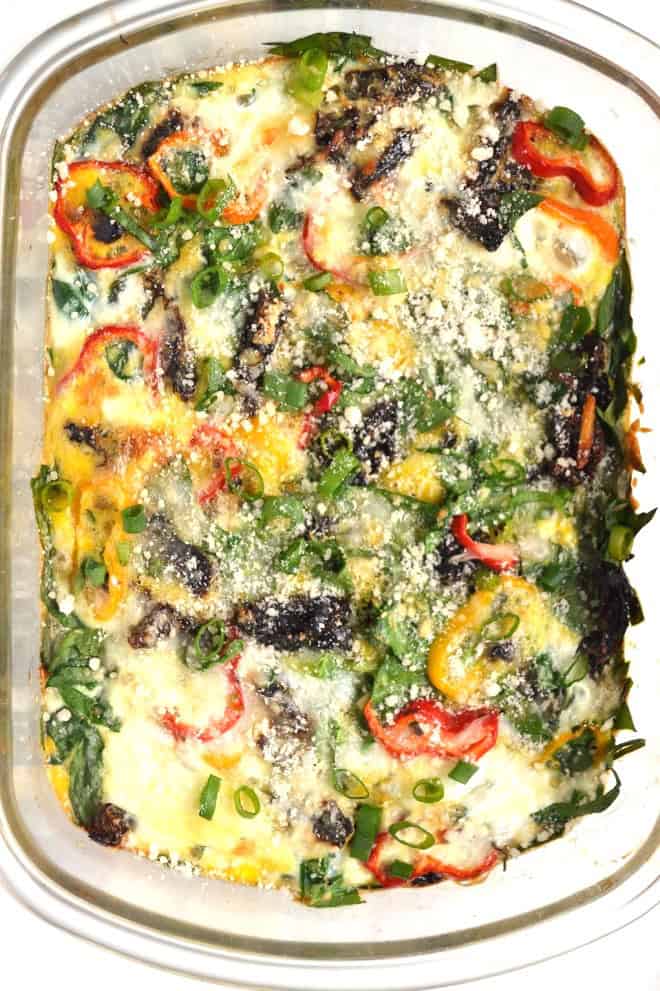
Found at The Nutritionist Reviews
#7. Eggs Benedict
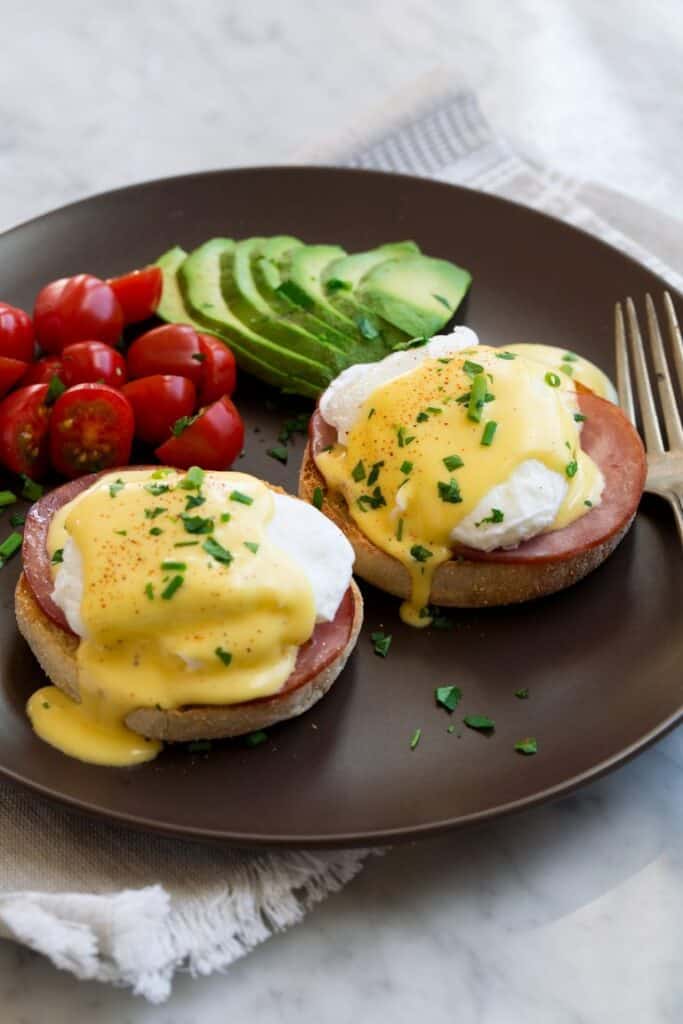
#6. Korean Steamed Eggs

#5. Paleo Breakfast Egg Wraps
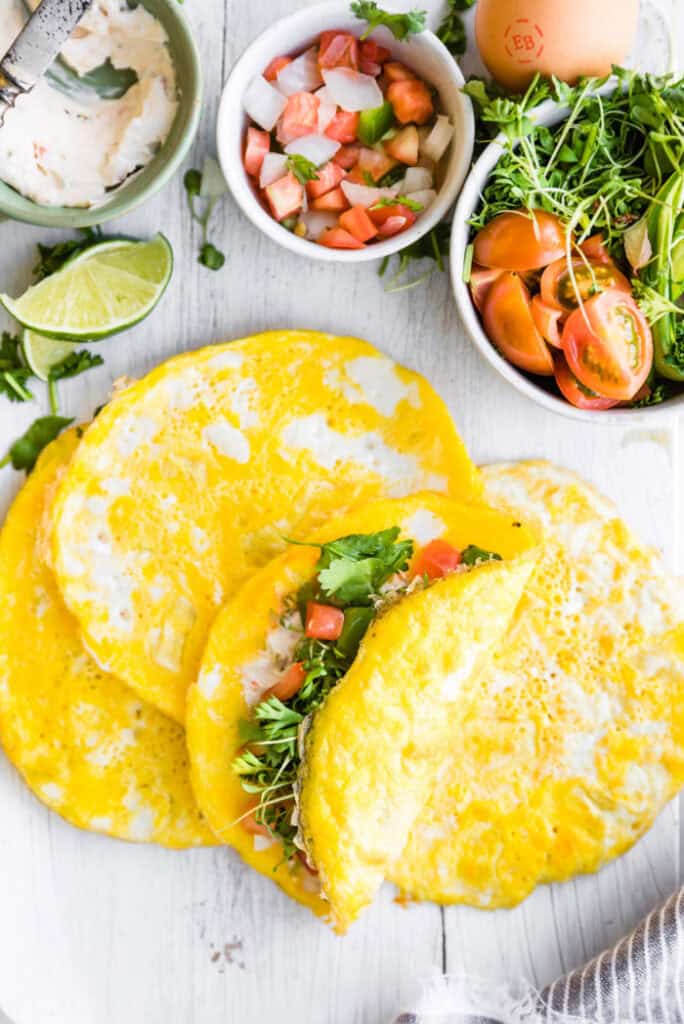
#4. Denver Egg Casserole

#3. Sheet Pan Scrambled Eggs
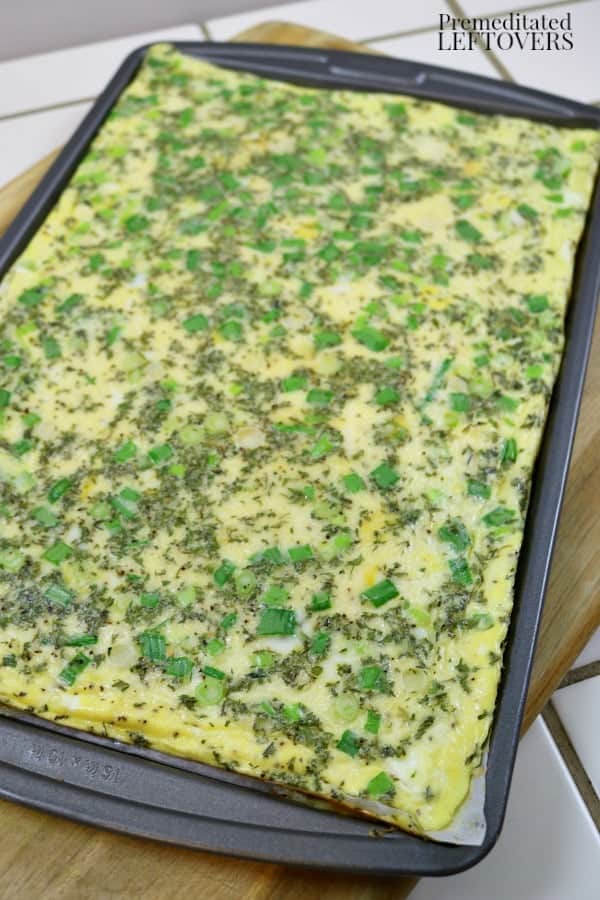
Found at Premeditated Leftovers
#2. Egg Paratha Recipe
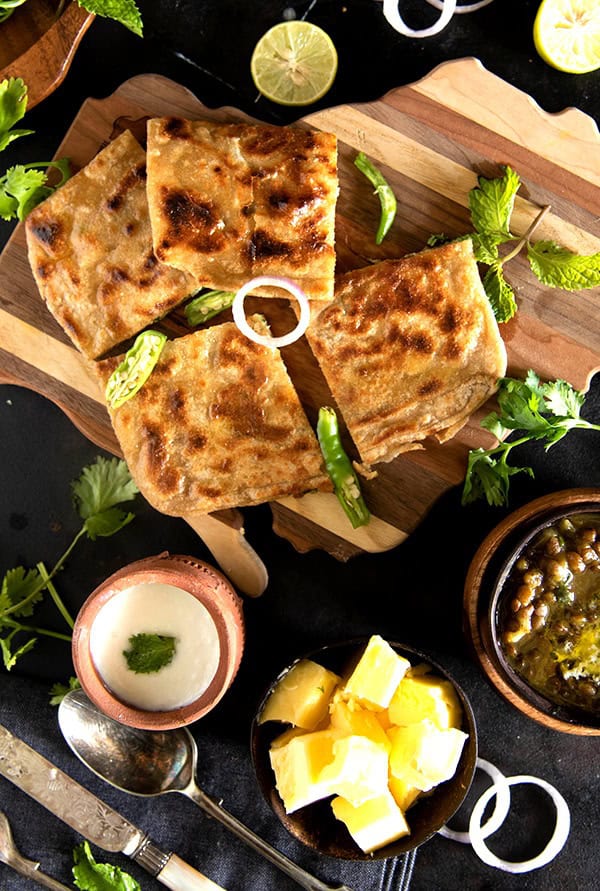
#1. Breakfast Egg Muffins

Found at Julie’s Eats And Treats
What are the basic types of eggs used in cooking?
Common types of eggs used in cooking include chicken eggs, duck eggs, quail eggs, and goose eggs. Chicken eggs are the most widely used, and they come in different sizes and colors, such as white, brown, and blue-green.
How should eggs be stored to ensure freshness?
Eggs should be stored in their original carton in the refrigerator. This helps maintain their freshness and prevents them from absorbing strong odors from other foods. Ideally, eggs should be kept in the coldest part of the refrigerator, not in the door.
How can you tell if an egg is fresh?
To test the freshness of an egg, place it in a bowl of water. Fresh eggs will sink to the bottom and lay flat, while older eggs will stand upright or float. You can also crack the egg open; a fresh egg will have a firm yolk and a thick white that doesn’t spread too much.
What is the secret to fluffy scrambled eggs?
For fluffy scrambled eggs, whisk the eggs thoroughly to incorporate air. Cook them over medium-low heat and stir gently and continuously. Adding a splash of milk or cream can also enhance the texture.
How can you prevent fried eggs from sticking to the pan?
To prevent fried eggs from sticking, use a non-stick pan or a well-seasoned cast iron skillet. Heat the pan over medium heat and add a small amount of oil or butter before adding the eggs.


